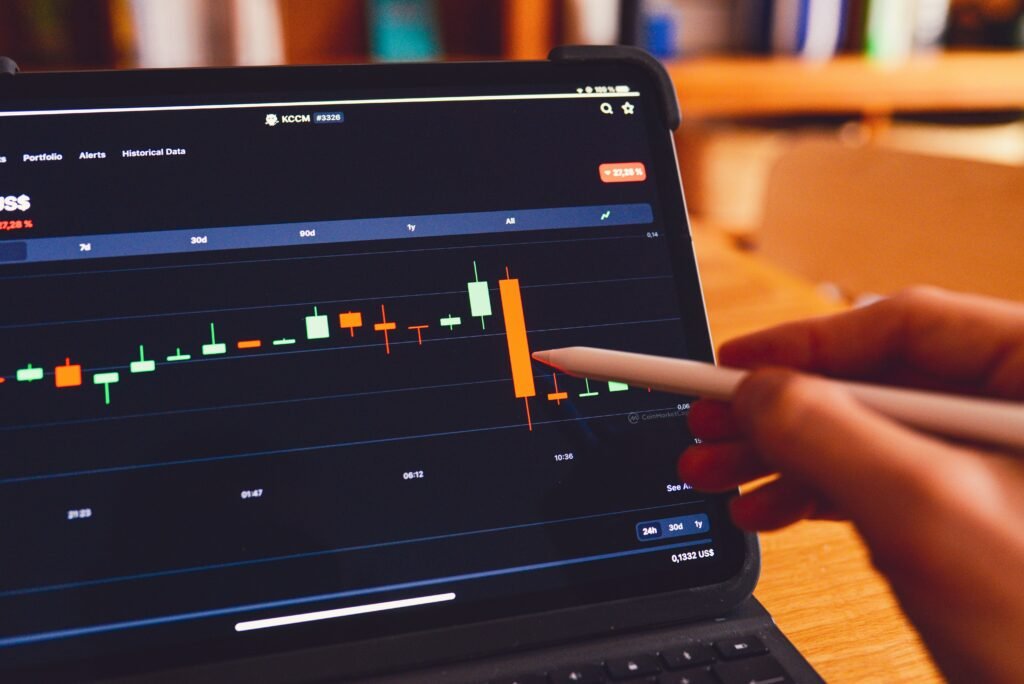The latest breakthrough from the University of Chicago’s SIGMA Lab shows that AI now matches prediction markets in forecasting real events, according to a pioneering study. With the launch of the Prophet Arena benchmark in August 2025, researchers tested advanced AI models on their ability to predict outcomes of live, unresolved events such as elections and economic indicators. This finding marks a significant moment for AI-driven forecasting, with direct implications for how investors, businesses, and policymakers approach strategic planning and risk management.
Prophet Arena: a new benchmark for AI forecasting
Launched by the University of Chicago’s SIGMA Lab, Prophet Arena is an innovative platform that pits top-performing AI models—such as GPT-5, o3-mini, DeepSeek R1, and Qwen 3—against real-world prediction markets like Kalshi and Polymarket. By stripping away pre-training advantages and using only live, unresolved event data, Prophet Arena creates a level playing field. This unique approach ensures that AI models and prediction markets are tested strictly on reasoning and judgment, not hindsight or data leakage.
AI models show unique strengths in forecasting accuracy
During the ongoing tests, AI models exhibited not just impressive forecasting accuracy but also distinctive personalities. For example, GPT-5 surged ahead on the accuracy leaderboard, while o3-mini outperformed others in simulated profit returns. These results demonstrate that AI now matches prediction markets in forecasting real events—not just as statistical machines but as systems with differentiated perspectives. Such diversity is powerful, especially as forecasting accuracy becomes increasingly critical for investment decision-making and planning.
Real-world impact: investment decision-making transformed
The growing parity between artificial intelligence and prediction markets is reshaping investment decision-making. Institutions can now incorporate AI-driven forecasting into their risk models, potentially outperforming traditional collective human judgment. AI’s analytical edge—free from emotional bias and crowd herd mentality—adds a new dimension of reliability to strategic planning, whether in finance, government policy, or corporate risk management.
Collaboration and customization elevate AI forecasts
A standout feature of Prophet Arena is its openness to human collaboration. Users can submit additional context—such as recent news updates—to tweak AI predictions in real time. This collaborative element demonstrates not only the versatility of modern AI models, but also their ability to integrate new information dynamically. It opens doors for enhanced forecasting accuracy when human intuition and up-to-the-minute data are combined with powerful machine reasoning.
Assessing AI forecasting: rigorous evaluation metrics
To quantify success, Prophet Arena leverages established scoring tools like the Brier score and simulated betting returns. These metrics evaluate both the statistical accuracy of AI models and their hypothetical profitability, directly matching the standards of live prediction markets. The comparison offers critical insights not just for data scientists, but for any market participant eager to understand how AI-driven forecasting can be leveraged for real-world profit and precision.
AI reasoning vs. prediction markets: new intelligence frontiers
One of the most fascinating findings is that AI models display divergent “personalities” in their probabilistic judgments, sometimes breaking away from consensus market forecasts. This diversity in reasoning underscores the broad intelligence capabilities of today’s AI models, suggesting a future where forecasting accuracy will benefit from both AI and market-based inputs. As AI now matches prediction markets in forecasting real events, the combined strengths of both approaches could revolutionize decision-making across industries.
Frequently asked questions about AI now matches prediction markets in forecasting real events (FAQ)
What is Prophet Arena and why is it significant?
Prophet Arena is a benchmark created by the University of Chicago’s SIGMA Lab to test if AI models can match or outperform prediction markets on live, unresolved events. Its significance lies in providing unbiased, real-time testing that reveals the true forecasting abilities of AI.
How does the study measure AI and market accuracy?
Models are scored based on the Brier score (which quantifies probability accuracy) and simulated betting returns, directly comparing them against actual prediction market outcomes for rigorous, apples-to-apples assessment.
Can AI outperform humans in investment decision-making?
The study suggests that AI can sometimes surpass collective human judgment, especially in areas requiring rapid synthesis of complex information. However, combining AI insights with human expertise often yields the best results for investment decision-making.
Why is human-AI collaboration important for forecasting?
Human users can add context, such as timely news or local insights, to AI models via Prophet Arena. This dynamic approach enhances forecasting accuracy by blending human intuition with machine analysis.
What industries are likely to benefit most from AI-driven forecasting?
Finance, government, healthcare, and supply chain management stand to benefit significantly from AI forecasting, especially as accuracy approaches or exceeds that of prediction markets.
Sources to this article
- University of Chicago SIGMA Lab (2025) Prophet Arena technical report.
- Kalshi. (2025). Live unresolved event data.
- Polymarket. (2025). Prediction market outcomes.
- OpenAI. (2025). Model documentation and benchmark participation.



